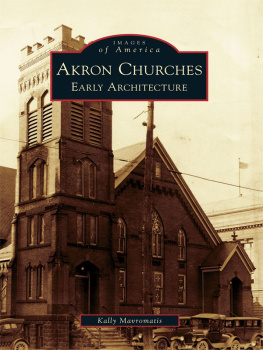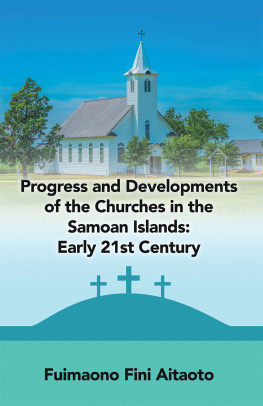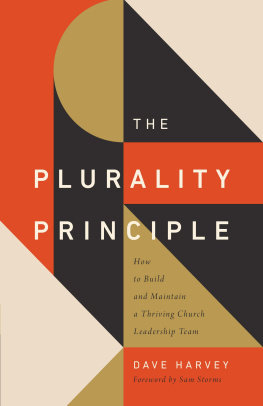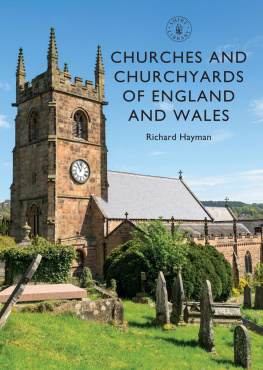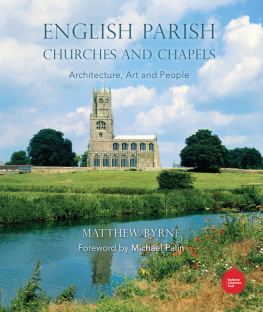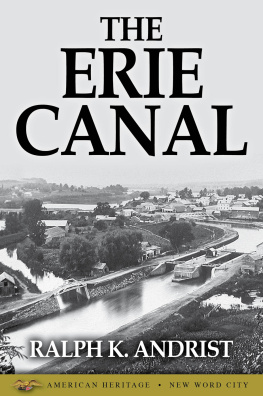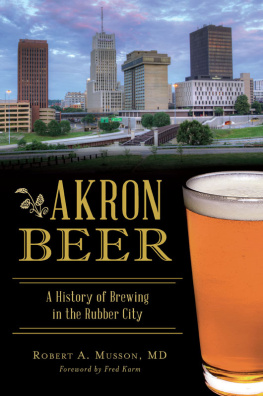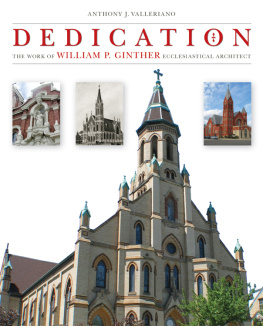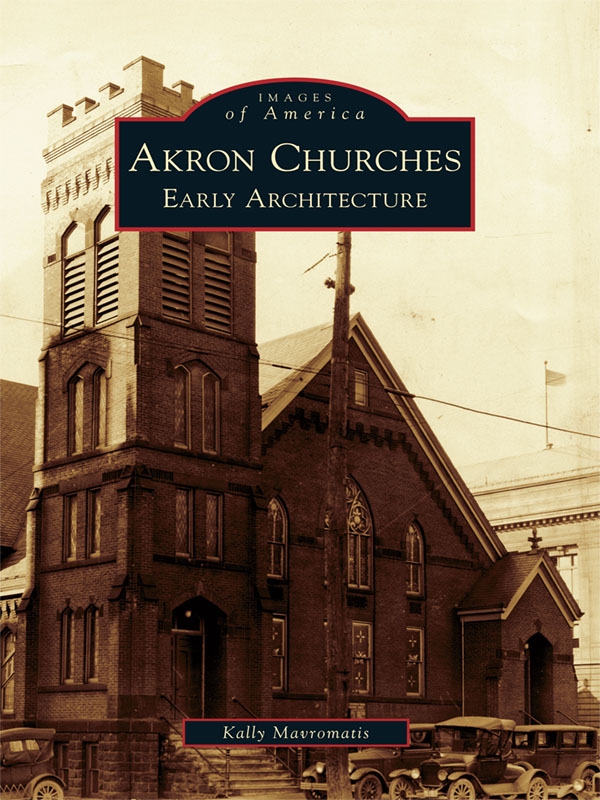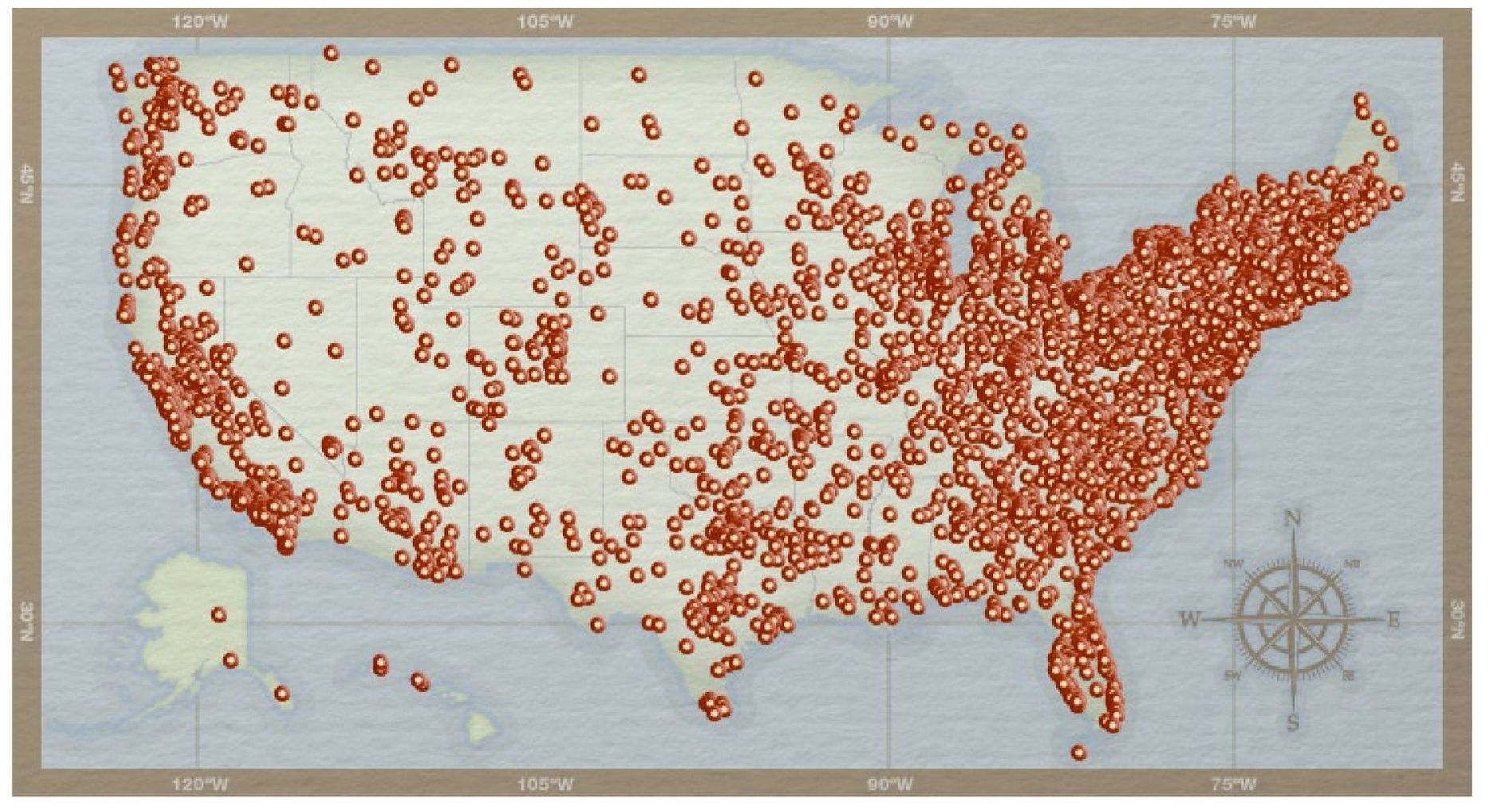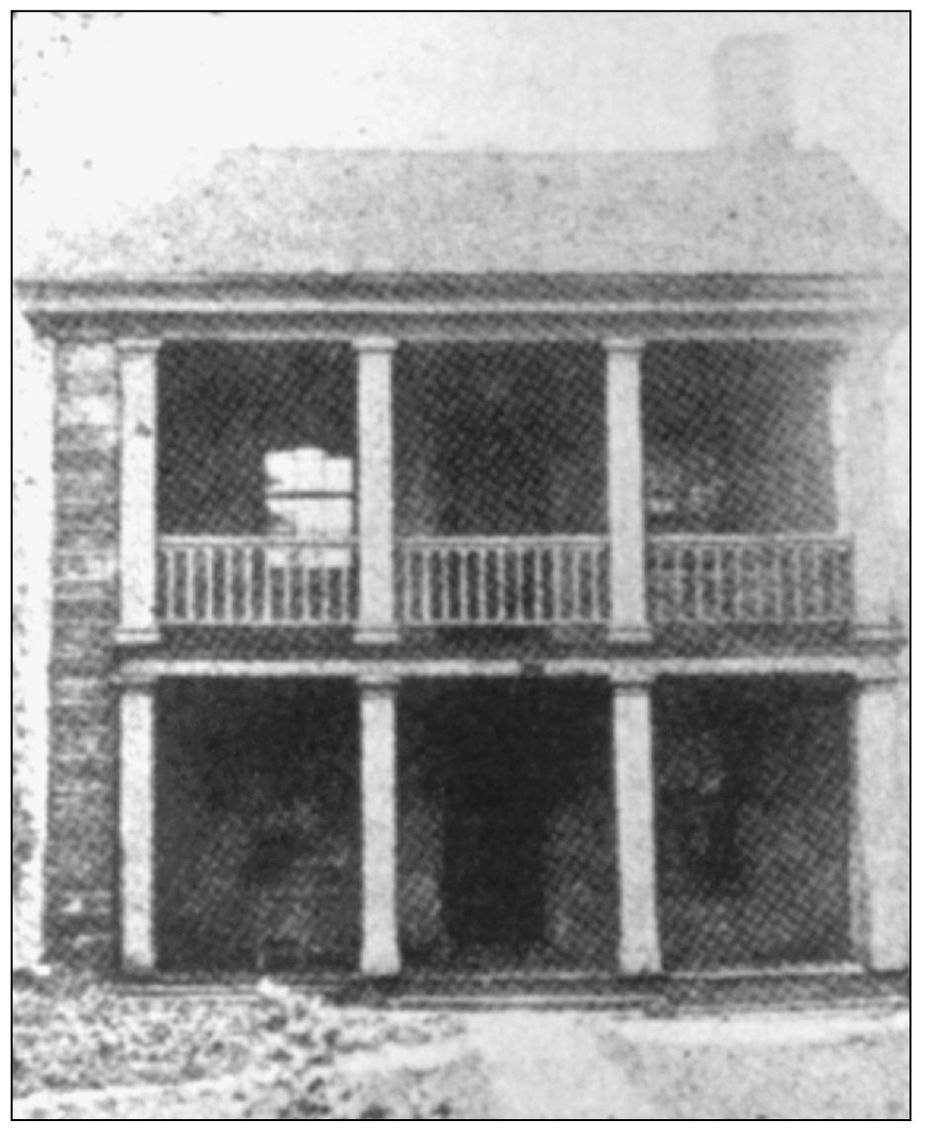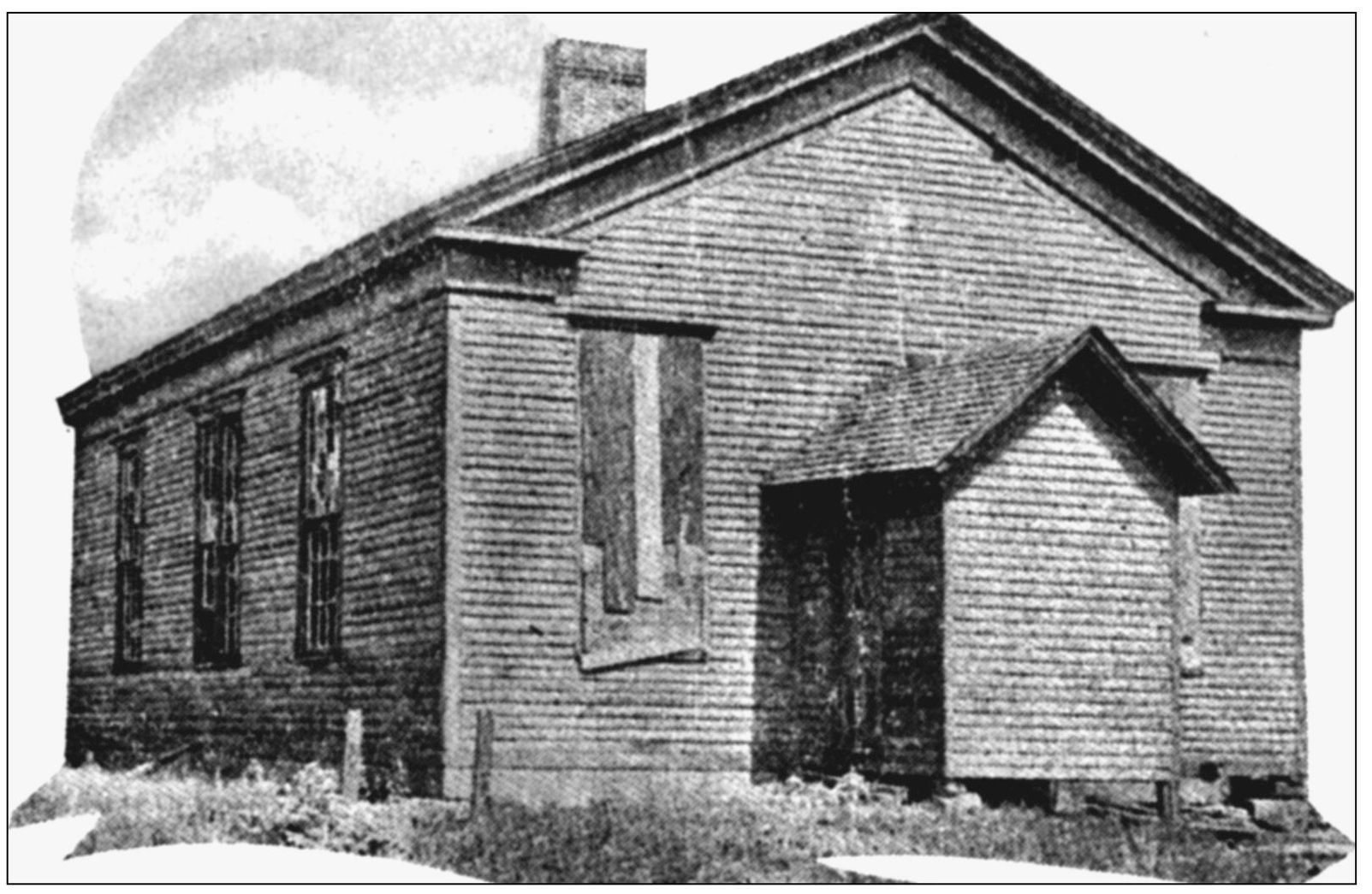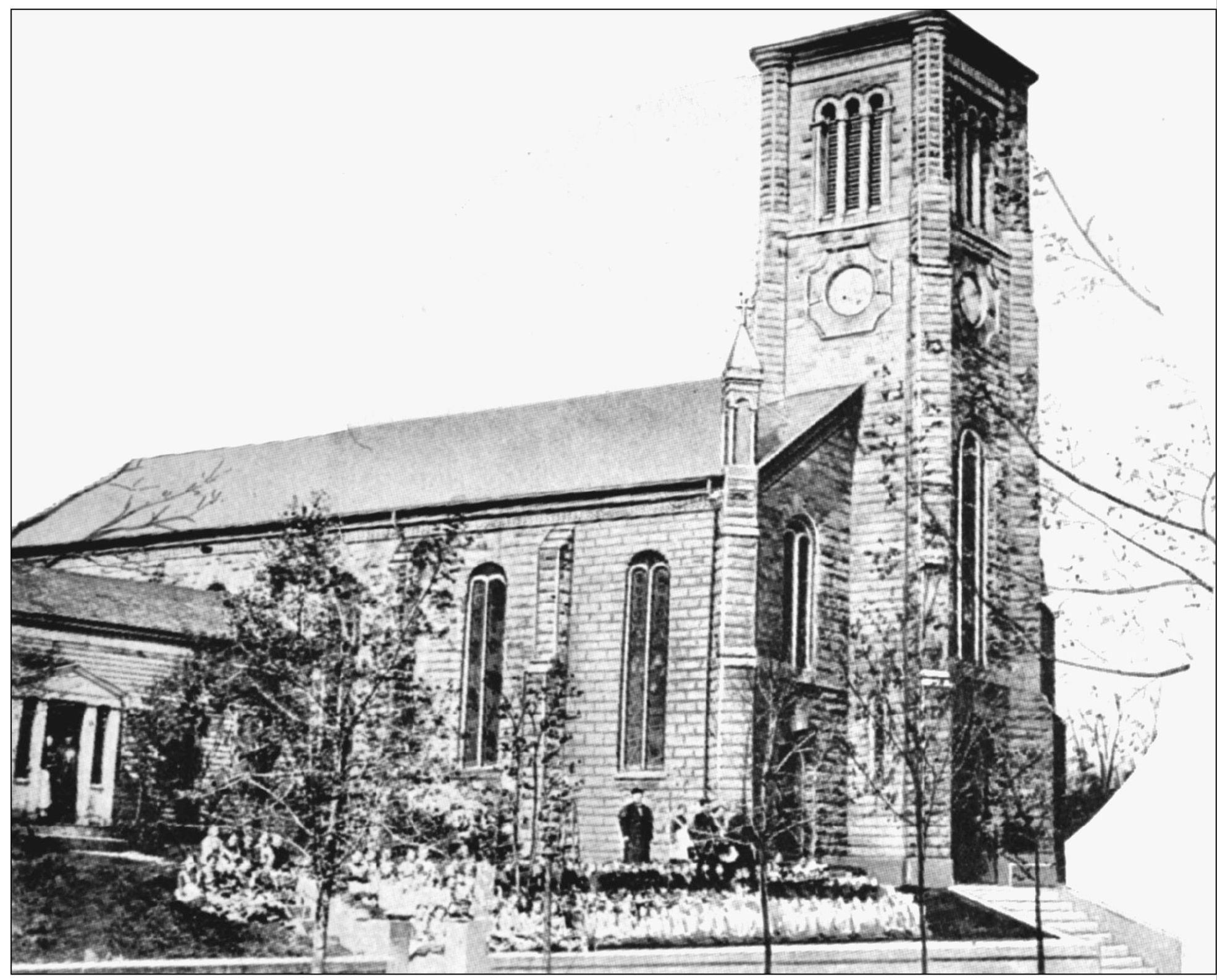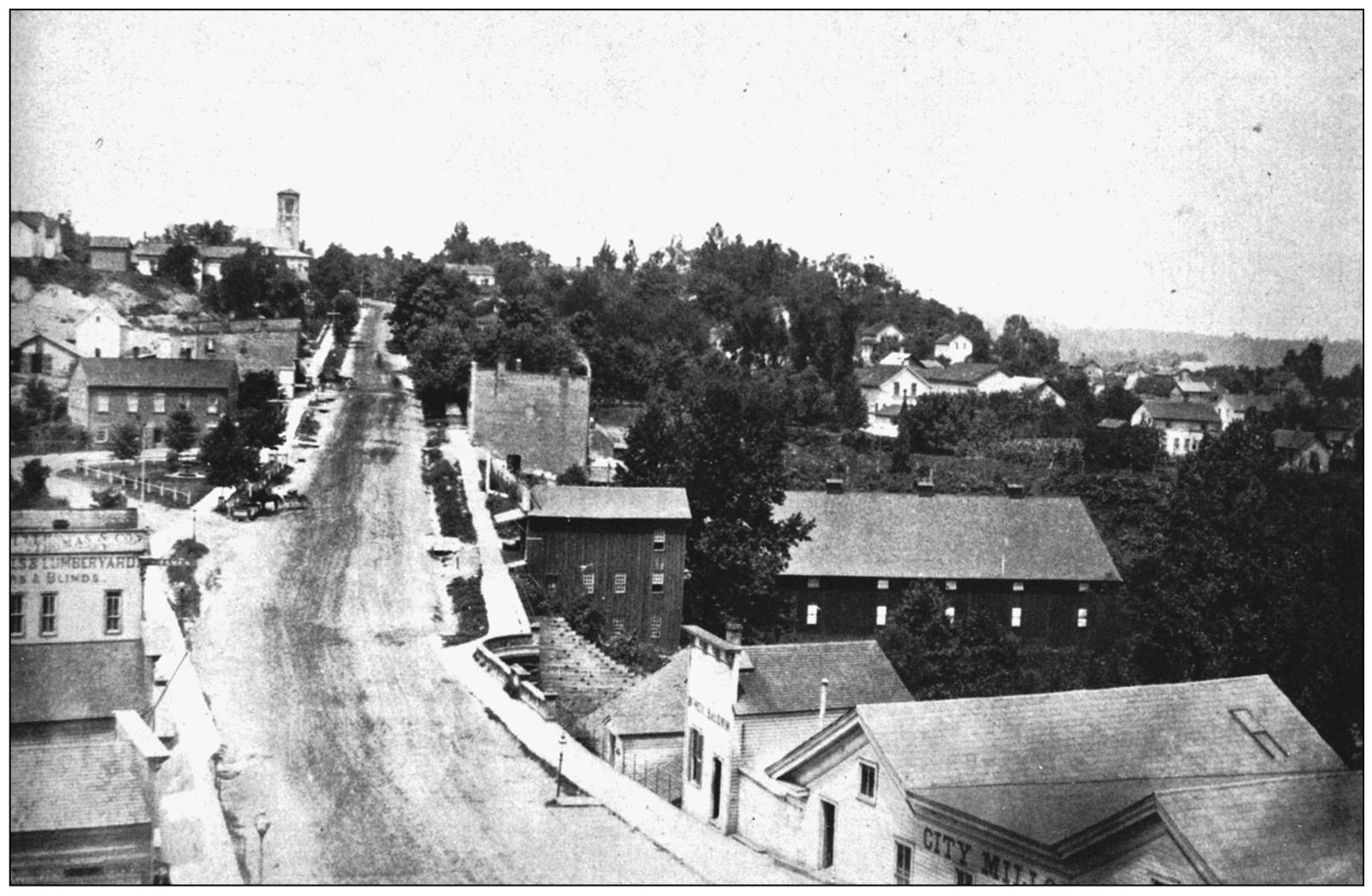Mavromatis - Akron Churches: Early Architecture
Here you can read online Mavromatis - Akron Churches: Early Architecture full text of the book (entire story) in english for free. Download pdf and epub, get meaning, cover and reviews about this ebook. year: 2011, publisher: Arcadia Publishing, genre: Religion. Description of the work, (preface) as well as reviews are available. Best literature library LitArk.com created for fans of good reading and offers a wide selection of genres:
Romance novel
Science fiction
Adventure
Detective
Science
History
Home and family
Prose
Art
Politics
Computer
Non-fiction
Religion
Business
Children
Humor
Choose a favorite category and find really read worthwhile books. Enjoy immersion in the world of imagination, feel the emotions of the characters or learn something new for yourself, make an fascinating discovery.
- Book:Akron Churches: Early Architecture
- Author:
- Publisher:Arcadia Publishing
- Genre:
- Year:2011
- Rating:4 / 5
- Favourites:Add to favourites
- Your mark:
Akron Churches: Early Architecture: summary, description and annotation
We offer to read an annotation, description, summary or preface (depends on what the author of the book "Akron Churches: Early Architecture" wrote himself). If you haven't found the necessary information about the book — write in the comments, we will try to find it.
The history of Akron begins with the building of the great Ohio and Erie Canal. The financial incentives offered to workers building the canal brought men from all over to build the great ditch, and as they and their families settled in Akron, they also began to build magnificent churches and cathedrals that became the heart of their communities. With roots stretching back to the early 1800s, many of the churches that stand today are more than a century old and in many instances are the second or third church to be built by their congregations. Each successive church more grand than the last, these edifices were literally built with the pennies, nickels, and dimes of their members, who built structures that reflected the prevailing architectural styles of the day. Many of the churches have been lost to time, but many of these architectural treasures remain and continue to stand as testament to the overwhelming desire of the faithful to build churches that reflect the glory of God.
Mavromatis: author's other books
Who wrote Akron Churches: Early Architecture? Find out the surname, the name of the author of the book and a list of all author's works by series.

